Oregon’s fabric of diverse farm land and natural areas provide excellent bee habitat. Let’s take a trip around Oregon with Sarah Kincaid, Oregon Dept. of Agriculture entomologist, for a first hand report of Oregon’s diverse habitat for bees.
Eastern Oregon
Cold winters and hot summers set the stage for brief flushes of vibrant wildflowers that are balanced by fields of well-tended, warm season crops such as squash and melons in Eastern Oregon. As you look out over the grassy golden hills you can spot riparian areas loaded with willow trees that provide additional forage and cover. Field margins of flowers are evidence of passionate farmers in the area who support bees. Eastern Oregon is rich in beauty and bees in unexpected places.
Catching bees in the margins of corn fields in Hermiston, OR [photo by: Molly Alloy]
Catching bees in the margins of corn fields in Hermiston, OR. Photo by Molly Alloy
Southern Oregon
Deep in the heart of the Rogue Valley, the diverse crop systems make Southern Oregon a unique place for bees. Fruits, vegetables, nuts, and flowers keep bees active during a long growing season. Heritage farms are tucked in this small valley next to forest wilderness providing a mixture of native plants, trees, and crops. The extended bloom time and the various stages of growth and crop development created by this setting supports diverse species of bees.
Southern Oregon’s seasons bring delightful changes to the landscape that make it a treasure trove of possibilities for Oregon’s bees.
Ridgefield Meadows Farm in Oregon [photo by: Olivia Guethling]
Southern Coast
Among the sandy soils and cool ocean breeze, you’ll find a surprising number of bees hidden within the wind-whipped forests, cranberry bogs, and pastures. The mild maritime climate along the Southern Coast of Oregon allows for an unusually long bee season, starting as early as January. Metallic sweat bees, Osmia, Colletes, and Agapostemon are just a few of the bees that call the coast home. The thick leaves and bell-shaped flowers of manzanita, rhododendron, salal, and huckleberry that border cranberry bogs are ideal forage for native bumble bees–also an optimal pollinator of cranberry. Sandy and compacted banks along coastal roadways also provide excellent habitat for the many ground-nesting bees. A look around the Southern Oregon Coast provides a welcome surprise for even the most seasoned bee expert.
Coquille Valley in Southern Oregon
Cranberry Farm in Bandon, OR [photo by: Jalene Littlejohn]
Willamette Valley
Meandering rivers of the Willamette Valley wander through a fabric of fields, prairies, wetlands, and dense urban areas. Riparian areas give cover and water to bees. The valley is characteristically wet during the growing season and dry when plants are setting seed. The fields are filled with mixed crops, berries, orchards, and high-value seed crops. Situated along field borders you’ll find native plants such as Nootka rose and big leaf maple mixed in with controversial weedy plants like Himalayan blackberry–all of which provide dense patches of food for bees. People and pollinators thrive in the breathtaking Willamette Valley.
Le Creole Orchards in Dallas, OR. [photo by Olivia Guethling]
Oregon’s many agricultural regions provide a bounty of diverse crops. [Oregon Department of Agriculture]


![Catching bees in the margins of corn fields in Hermiston, OR [photo by: Molly Alloy]](https://images.squarespace-cdn.com/content/v1/5a849d4c8dd041c9c07a8e4c/1520981244614-4E4WRX2ZRZTJLCE2XZZV/6%252F20%252F17+44+Molly+Alloy.jpg)

![Ridgefield Meadows Farm in Oregon [photo by: Olivia Guethling]](https://images.squarespace-cdn.com/content/v1/5a849d4c8dd041c9c07a8e4c/1520981346631-7E8MCMP1Z2H9NL4ZDF10/Samara_Farm_Tour_farm-103.jpg)

![Cranberry Farm in Bandon, OR [photo by: Jalene Littlejohn]](https://images.squarespace-cdn.com/content/v1/5a849d4c8dd041c9c07a8e4c/1520981645409-C1WYCEKUSJCYO4O38MH3/Cranberry+Farm_JaleneLittlejohn_1.jpg)
![Le Creole Orchards in Dallas, OR. [photo by Olivia Guethling]](https://images.squarespace-cdn.com/content/v1/5a849d4c8dd041c9c07a8e4c/1520981684154-T6Y8URN63CHMOBQXIQL7/Samara_Farm_Tour_farm-58.jpg)
![Oregon’s many agricultural regions provide a bounty of diverse crops. [Oregon Department of Agriculture]](https://images.squarespace-cdn.com/content/v1/5a849d4c8dd041c9c07a8e4c/1520981701975-7E1S9YXIF3ITEHAQTC0W/OregonTop20Regions-768x466.jpg)